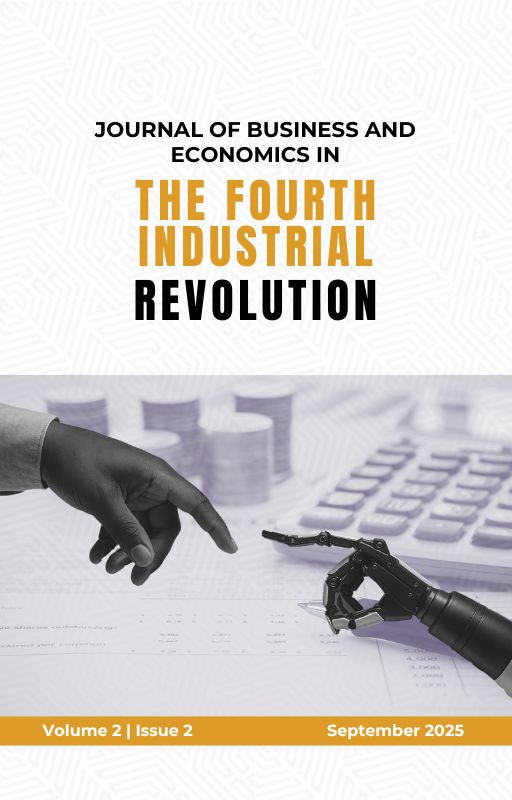Evaluating The Impact of Digital Banking on Customer Satisfaction: A Case of Access Bank Zambia
Main Article Content
Abstract
This study aimed to evaluate the impact of digital banking on customer satisfaction at Access Bank in Zambia, focusing on the key factors influencing satisfaction with digital banking services. The research utilized a quantitative approach, using structured surveys to collect data from a sample of 384 respondents selected from a population of 290,000 Access Bank customers. The study examined three independent variables: internet literacy, digital banking products and services, and demographic profile, and their impact on the dependent variable, customer satisfaction. The data was analyzed using descriptive statistics, correlation analysis, and regression analysis. Key findings revealed that digital banking products and services had a significant positive impact on customer satisfaction, with a very strong correlation (r = 0.996) between digital banking services and customer satisfaction. Internet literacy also showed a strong positive correlation with customer satisfaction (r = 0.939), but regression analysis indicated that it did not significantly predict satisfaction when other factors were considered. The demographic profile of customers was correlated with both internet literacy and digital banking services, but its impact on customer satisfaction was not statistically significant in the regression model. The study concluded that enhancing the availability and quality of digital banking services would be the most effective way to improve customer satisfaction, while internet literacy and demographic factors had a limited role. The study recommended that Access Bank focus on expanding and improving its digital banking services to ensure greater customer satisfaction and engagement. Additionally, the bank could consider providing more resources to improve internet literacy, particularly among customers with lower digital literacy levels. Further research was recommended to explore the impact of emerging technologies on customer satisfaction and to assess the effectiveness of digital banking services in other banks and regions. The study's limitations included its focus on a single bank and the use of a cross-sectional design, which may not capture changes in customer satisfaction over time.
